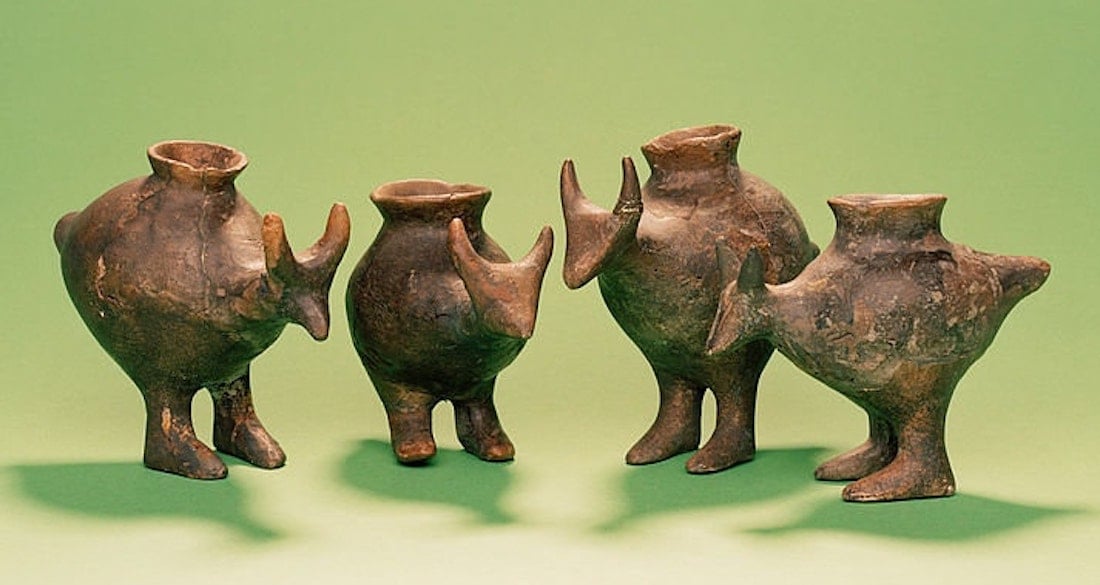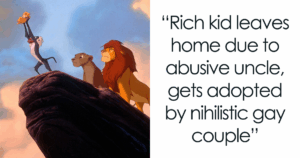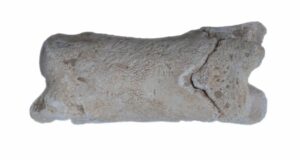Uncovering Ancient Secrets: Why Did Neolithic Parents Choose Animal-Shaped Bottles for Their Babies?
After learning how these prehistoric baby bottles could explain a gigantic baby boom during the Neolithic period, read about 10 terrifying prehistoric animals that weren’t dinosaurs. Then, learn about how parents who killed their baby with a gluten-free diet faced criminal charges.













